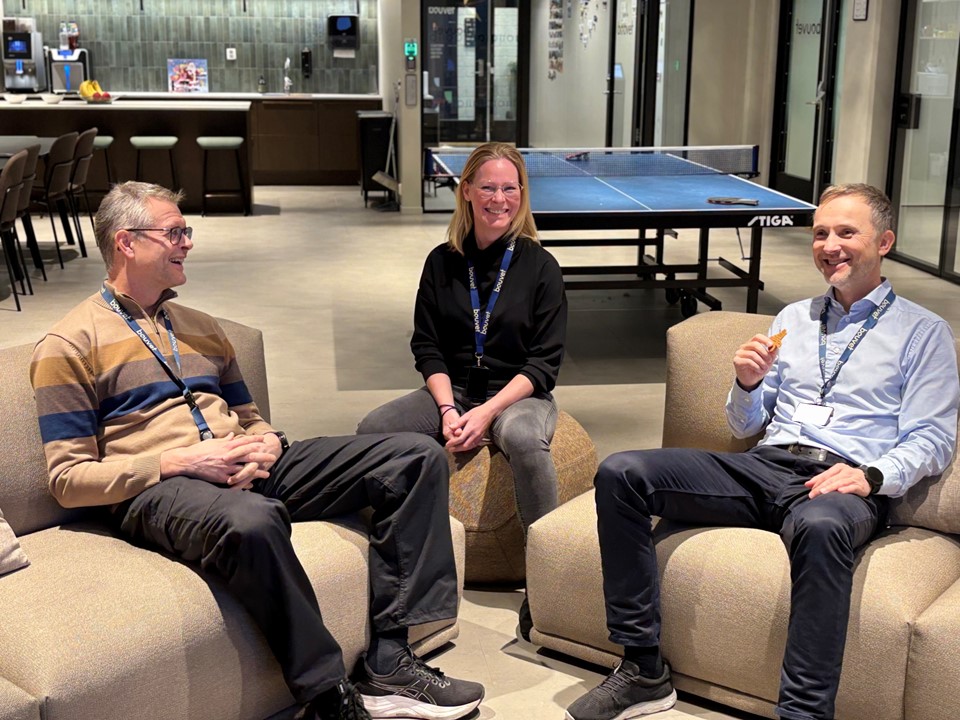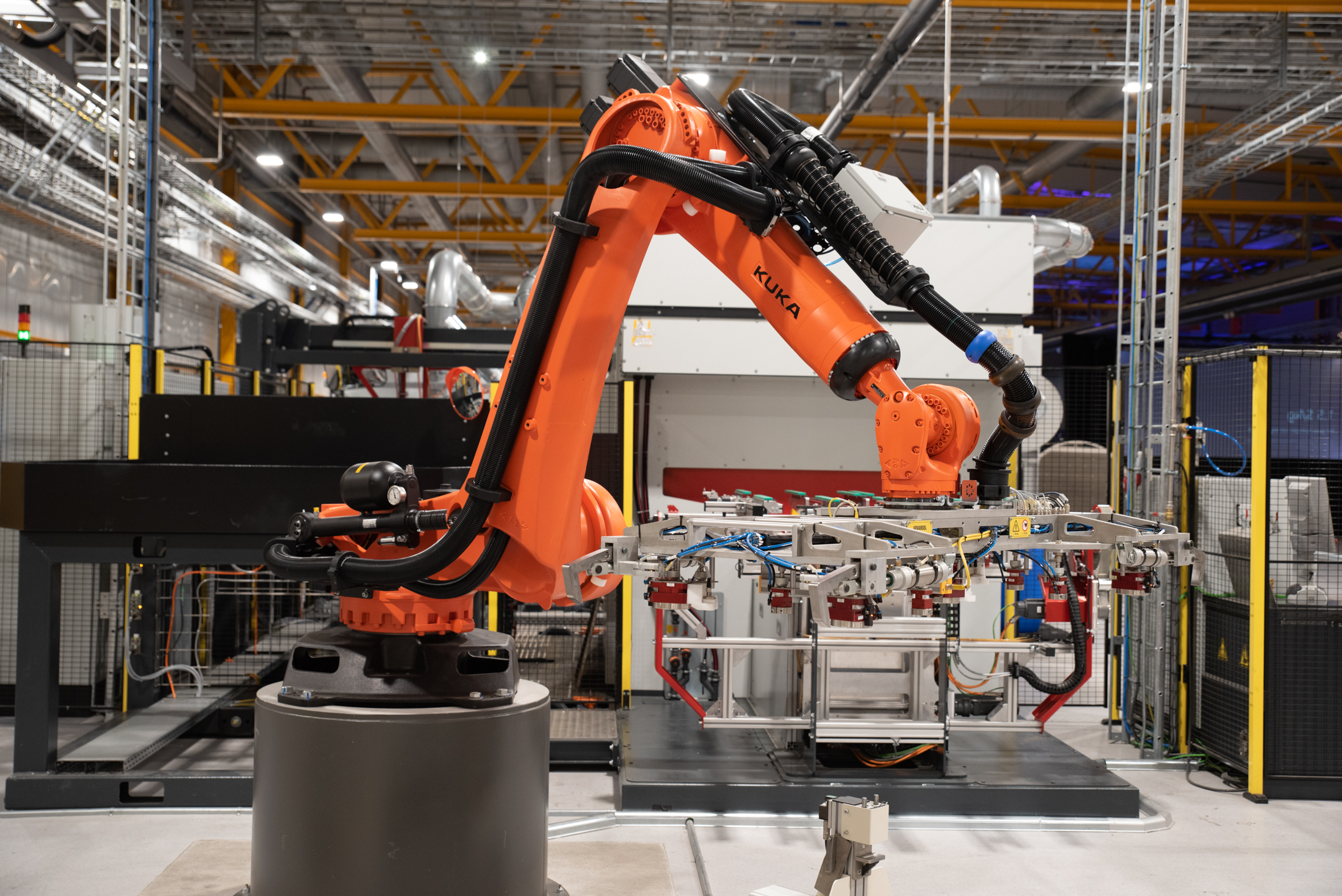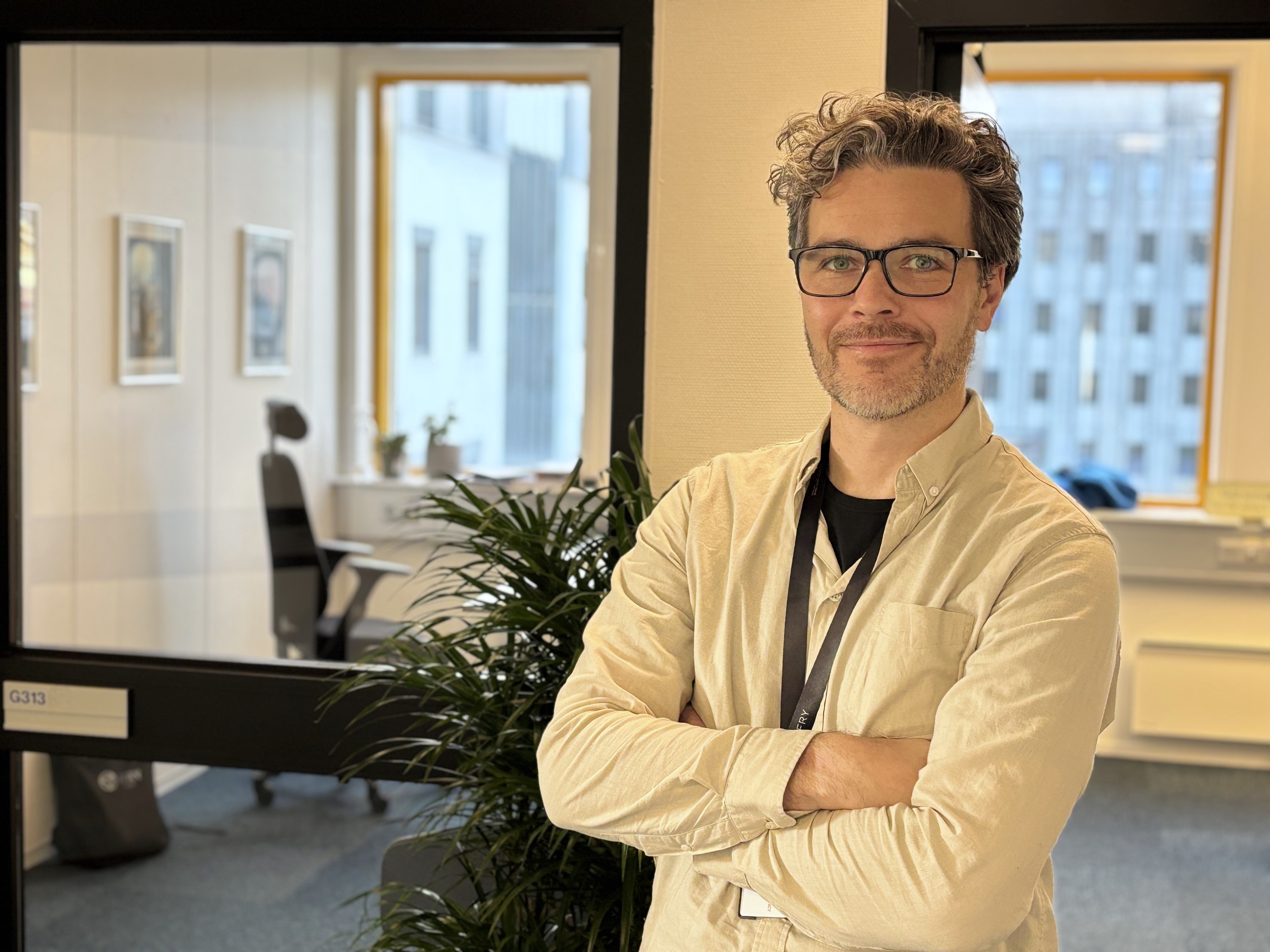The air in Grenland and Porsgrunn is much improved compared to earlier times while there has been industry in the region. Many people remember how it smelled and looked here from before the 1950s up until the 1990s.
Today, the United Nations observes the International Day of Clean Air for Blue Skies. At Herøya, significant efforts have been made over many years to reduce air emissions.
Environmental issues leading to new growth
Environmental challenges were not new to Grenland. Until the mid-1950s, most of the focus had been on post-war reconstruction and the construction of the modern industrial society.
Then something began to change. Dust emissions at Herøya caused problems both within the factory area and for the surroundings. In 1958, civil engineer Erik Thurmann-Nielsen was hired to measure and assess the emissions. Although it was just one of several tasks, he was the first to be employed to work on environmental issues.
Increased attention to air pollution
In the 1960s, local environmental issues occasionally surfaced in public debate. Herøya Workers' Association raised them in 1964, and Samorg called for increased efforts against pollution in a statement. Even the county medical officer in Telemark, Hans Tjønn, was involved. He raised suspicions of a connection between pollution and increased respiratory diseases, among other concerns.
The most significant expression of concern at that time came with a petition organized by Skien and Omegn Husmorlag in 1970. Approximately 7,000 people signed a demand for increased efforts against smoke-related problems. It made an impression.
And when Hydro shortly after announced a possible petrochemical expansion at Rafnes in the early 1970s, broad environmental awareness was awakened.
Demands for emission reduction
In May 1974, the Smoke Damage Council imposed very strict environmental requirements on both the new petrochemical facilities and Hydro's existing operations at Herøya. The government's requirement was that these facilities should not lead to increased pollution in Grenland, so the existing industry also had to significantly reduce emissions.
At Herøya, Hydro had to accept a requirement for a 40 percent reduction in ammonia emissions to the air and a 70 percent lower emission of nitrogen oxides and sulfur dioxide from fertilizer production. In addition, emissions of hydrochloric acid and chlorine from magnesium production had to be greatly reduced.
Source:
The text above is taken from the book "Historier fra Herøya gjennom 90 år" written by Johan Sagafos. This book is in Norwegian only.
Systematic reduction of emissions to air
Former HSE Manager at Hydro Porsgrunn in the years 2000-2010, Sverre Olav Lie, states that Hydro worked systematically to reduce air emissions in the years ahead, and emissions of dioxins to the air were reduced by more than 95% from 1990 to 1998.
"Emissions of chlorine/hydrochloric acid were reduced by 50-60% in accordance with the concession limits. At the end of the 1990s, Hydro concluded that to achieve further reductions in air emissions, investments in new technology were needed," explains Sverre Olav Lie.
Haze issue
Lie believes that the haze issue was a more significant challenge for the population.
"Haze was occasionally more noticeable even though haze and haze-forming emissions were reduced by 50-60% from 1985 to 1991. This was also confirmed by the measurements conducted by SFT (now the Directorate for the Environment) in Skien. Dust emissions played an equally significant role as gas emissions, according to a report (known as the haze report) from NILU in 1992," says former HSE Manager Sverre Olav Lie.
Sverre Olav Lie is now the Managing Director of the HSE consulting company SOL Consulting.
Read more
Read more about the UN's focus on clean air.
07. September 2023




